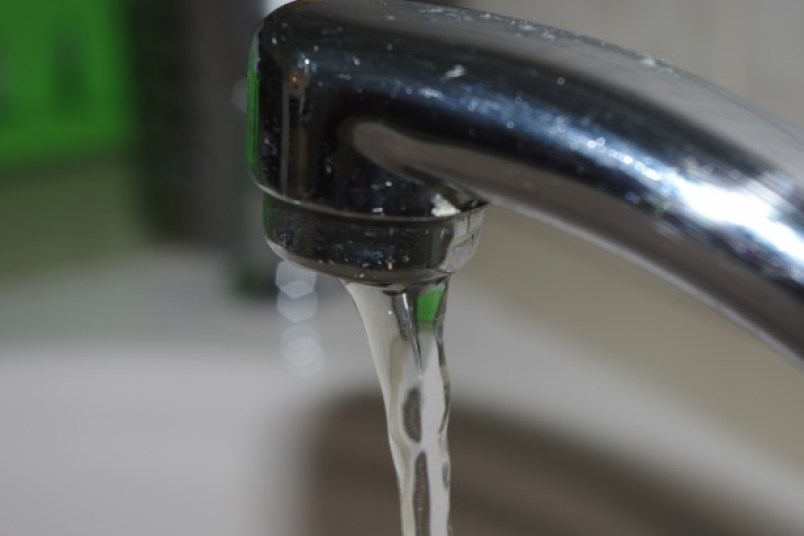What’s the old adage? “Water, water everywhere but not a drop to drink.”
Living on the “wet coast” of Canada, surrounded by natural waterways and having incredibly wet winters may lead us to think that water is endless.
It’s easy to forget that treated drinking water is a precious resource that can become limited during increasingly dry, hot summers.
I had the pleasure of attending a landscape and water conservation seminar put on by the District of Squamish a few weeks ago. A great group of hardworking individuals are striving to educate and raise awareness about being more water-wise.
Everyone loves a garden and lawn, but there are ways to look after your greenery without draining our municipal infrastructure dry.
Did you know that our consumption of water last year was around four million cubic metres of water? Our population is hovering around 20,000 and with an ever expanding population and the boom of Squamish, we all need to be more aware of our water-use practices. The District’s goal is to reduce our water consumption by 15 per cent per capita.
Gardens need water and restricting water use needs to be done the right way, according to horticultural needs and best practices. You can do this by planning ahead, improving soil so plants grow healthy root systems, choosing water-wise plants and watering properly. Check out www.metrovancouver.org/services/water/Waterpublications/WaterwiseGardening.pdf.
Green lawns take a lot of water, and the best practice in hot, dry months is just to let your lawn grow brown. It will bounce back again in the fall and you will have saved a ton of water in the process. Established lawns don’t need much water. In fact, over-watering leaches nutrients from the lawn and promotes a shallow root system, which leads to problems.
Karine Le Du, utilities technician and organizer of the seminar, suggests using the “frisbee test” to gauge how much water your lawn actually needs. Place an upside-down frisbee on the lawn, turn on your sprinkler and time how long it takes to fill it.
The amount of water collected is how much water you need for your lawn once a week. If you use a timer when watering (and you should), set the timer to the time it took you to fill. Easy peasy.
Starting May 1, we will enter into stage one of District water restrictions. For more information check out www.squamish.ca/water. By using our water wisely we not only gain environmental benefits, we see savings as taxpayers and at home.



